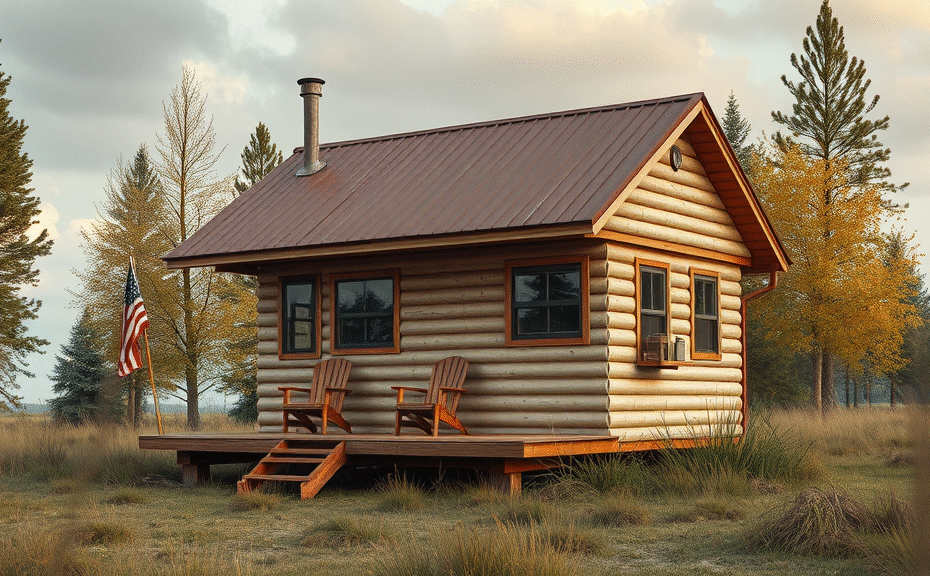Living in a Tiny House on Your Own Land: What You Need to Know
Many people wonder, can I live in a tiny house on my own land? The answer depends on several key factors including local zoning laws, building codes, and land use regulations. While owning the land gives you a sense of freedom, legal restrictions can impact whether a tiny house can be your permanent residence.
Understanding Zoning and Building Codes
Zoning laws vary widely between cities and counties. Some areas explicitly allow tiny houses as primary dwellings, while others restrict residential living to traditional homes. It’s essential to check with your local planning department to determine if your land’s zoning classification permits residential use, especially for structures under a certain size.
Building codes also play a critical role. Many tiny houses must comply with minimum square footage, safety, and utility standards. In some cases, a tiny house on wheels might be considered a recreational vehicle (RV), which may have fewer regulations but might not qualify for year-round living.
Key Considerations Before Moving In
- Permits: Securing permits for construction or placement can affect your timeline and costs.
- Utility Connections: Access to water, electricity, and sewage solutions is vital for comfortable living.
- Permanent vs. Mobile: Whether your tiny house is fixed or mobile impacts legal classification and requirements.
- Homeowners’ Association Rules: If your land is in a community with an HOA, rules may restrict tiny house living.
Overall, living in a tiny house on your land is possible but requires thorough research and compliance with local laws. Proper planning ensures your tiny home lifestyle is both legal and enjoyable.
